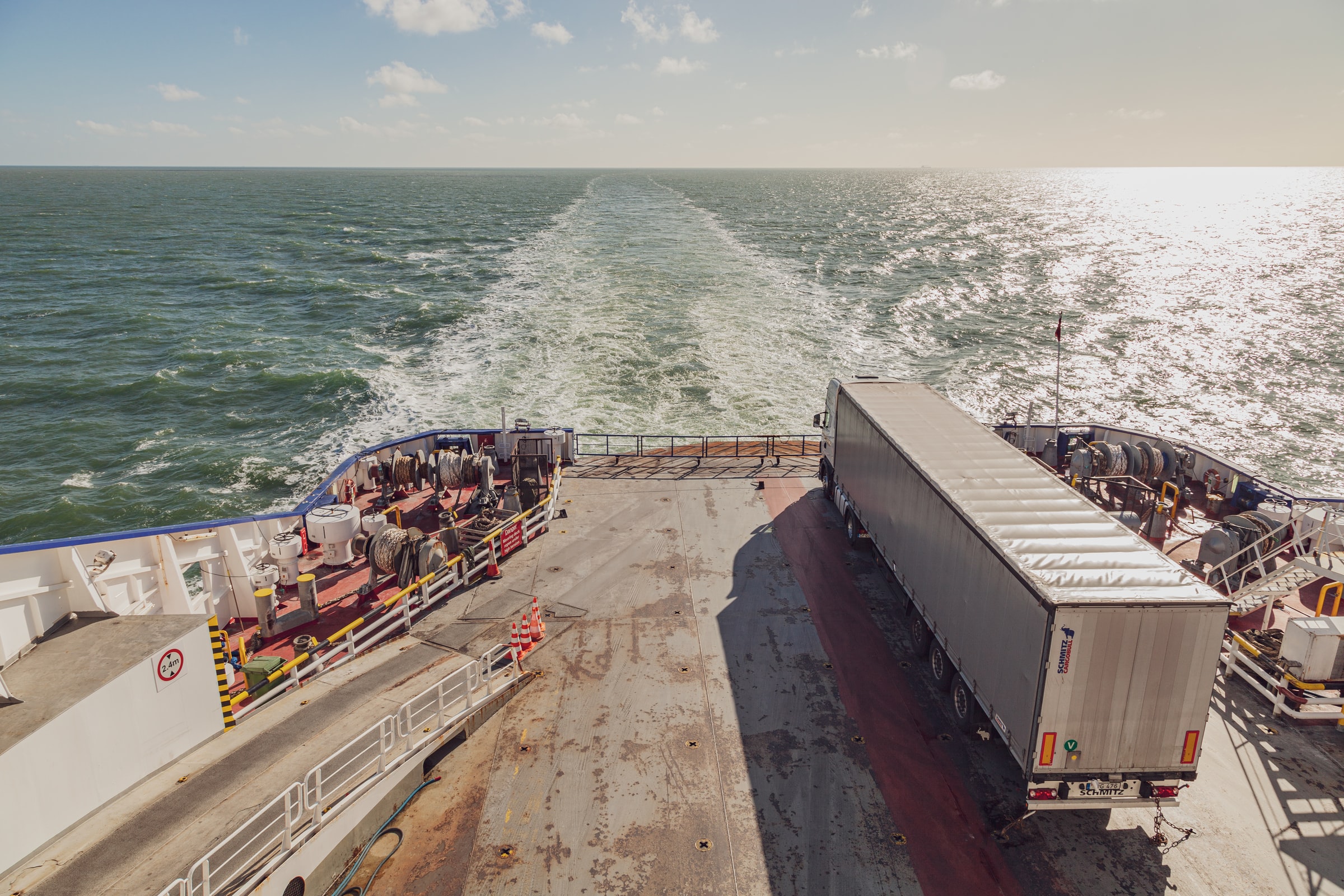It’s been 6 months since 2020 came to an end, but for logistics and supply chain, 2021 could be even more of a challenge. In February, Chinese New Year came earlier than usual causing some confusion in the west and delaying goods. In March ocean freight was diverted around the Cape of Good Hope because a container vessel was stuck in the Suez Canal. And that was just the first quarter.
Just recently COVID concerns reemerged in southern China while container spot rates reached record levels. Perhaps even more than last year, supply chain and logistics professionals need a set of logistics best practices to try to stay ahead of cost increases, shipping delays, and capacity constraints – making it tough to get goods shipped at all. If you’re not already planning for the fourth quarter and the holiday season, you’re behind!

We recently sat down with our friends, Jake Toller from Mainfreight and Hana El Gamal of Public Goods to identify a few logistics best practices.
Test During Calm Times
Leave some room for some experimentation in your logistics strategy during normal times. Do things like explore alternative routes, and work with new carriers and forwarders to try to ensure you have enough capacity to ship when you need it. Do this even if it means eating some additional costs. That way you’ll have the institutional knowledge in place when business continuity is threatened or you need to minimize additional freight costs to maintain a decent margin.
Waiting At the Docks
Pre-COVID, it was normal to expect to get your goods on a vessel within a week or maybe two. But today when booking ocean freight — and specifically from Asia to the West Coast — prepare for a 4 to 6 week booking window. Additionally the convergence of economic issues and the Suez crisis put pressure on carriers to significantly raise spot prices and their premiums. Prepare for the reality that costs are significantly higher than they’ve ever been before.
You May Get Grounded
There is little respite for the uncertainty in air freight as well right now. While you may have paid for a space well in advance and have the flight locked in, flights may still be cancelled on a regular basis. That causes a backlog for transport and will delay what are presumably your most time and revenue sensitive shipments for a week or two. Ensure your logistics best practices include a backup plan in place with your carrier or forwarder to pull out of the terminal and move to another one.
FCL May Not be for You
Full Container Load (FCL) shipping may not actually be the optimal way to ensure that your goods are shipped on time, or even on cost. You may end up waiting 4 to 6 weeks for a vessel when you could have shipped at least part of your order much sooner. With a strong carrier or freight forwarder relationship, you may be able to orchestrate a series of Less Than Container Load (LCL) shipments that will get most of your goods closer to on time and on cost than you otherwise could have gotten.
Christmas in July
You can sit and wait for 2021 to turn back into a ‘normal’ year but with things being as unpredictable as ever, that is unlikely to happen. If you have any seasonal products or your business relies on heavy Q4 sales, it’s time to start booking and shipping your goods in the next couple of weeks. As our CEO put it, “If you’re early you’re never late.”
Experts predict logistics disruptions will be with us for probably another year. Contingency planning, additional sources for shipping, new routes, and stocking inventory need to be our new normal. Take the time to build the relationships with your freight partners so that when things do go awry, you have a fighting chance of maintaining the possibility of your goods getting where they need to go.




